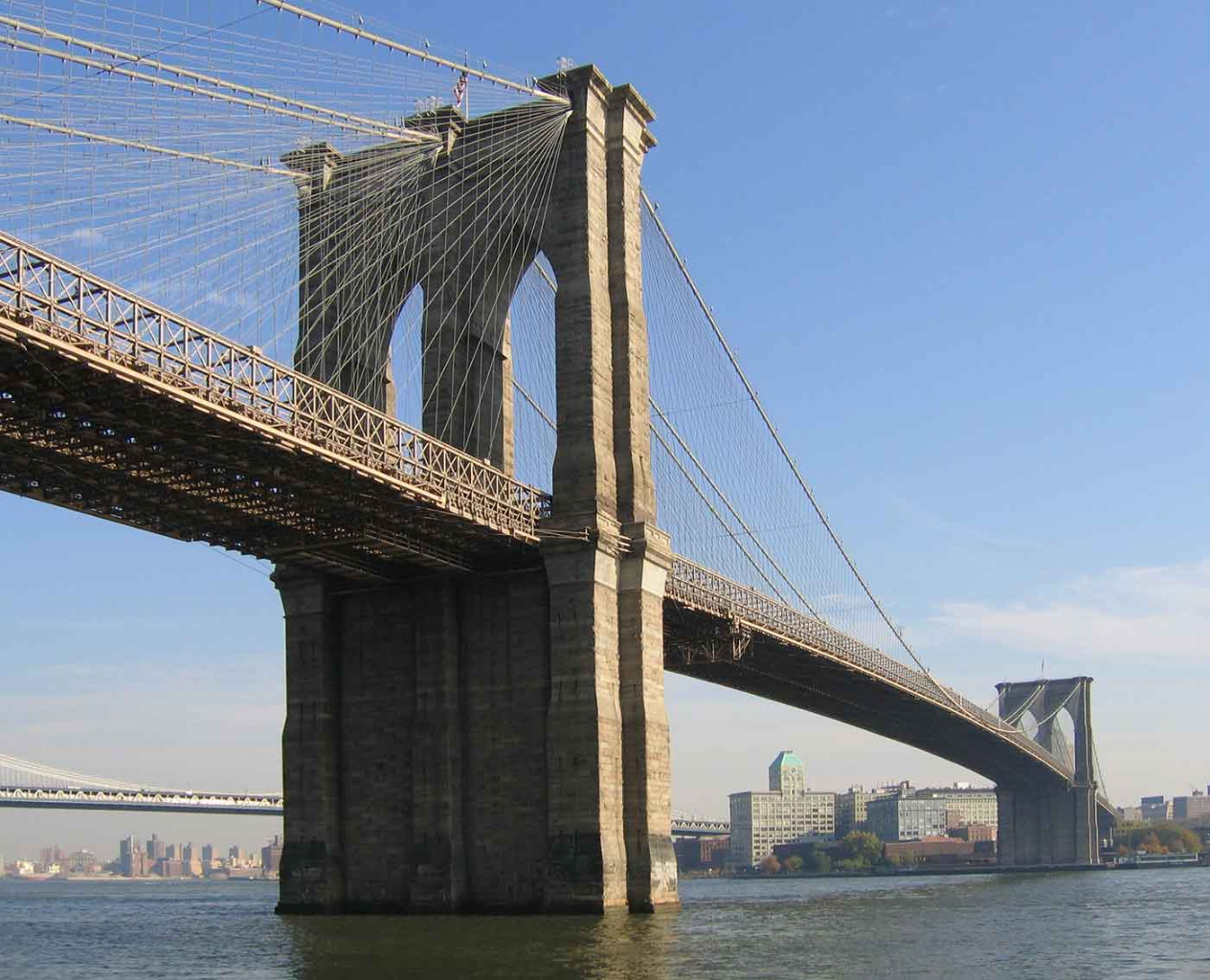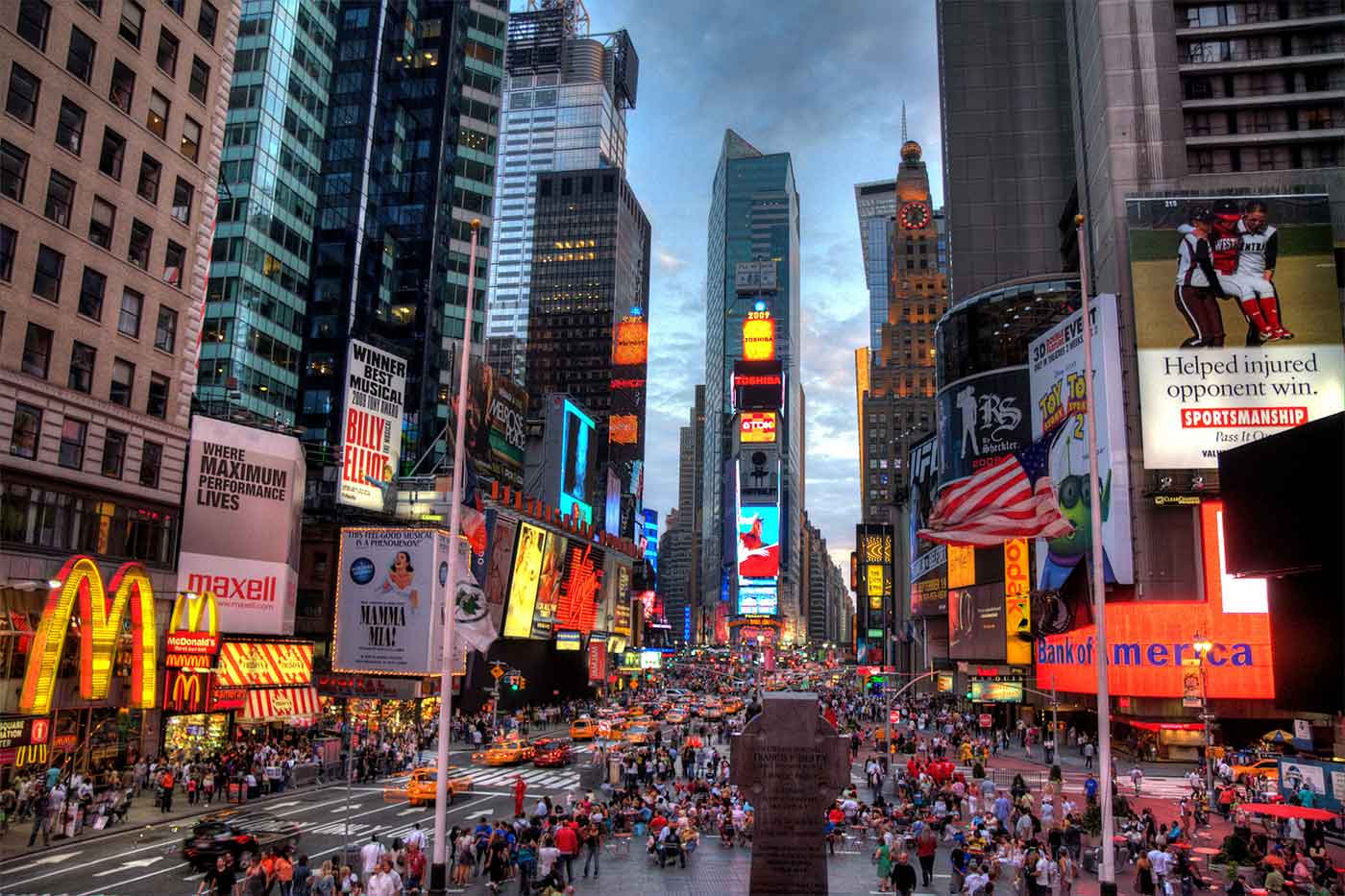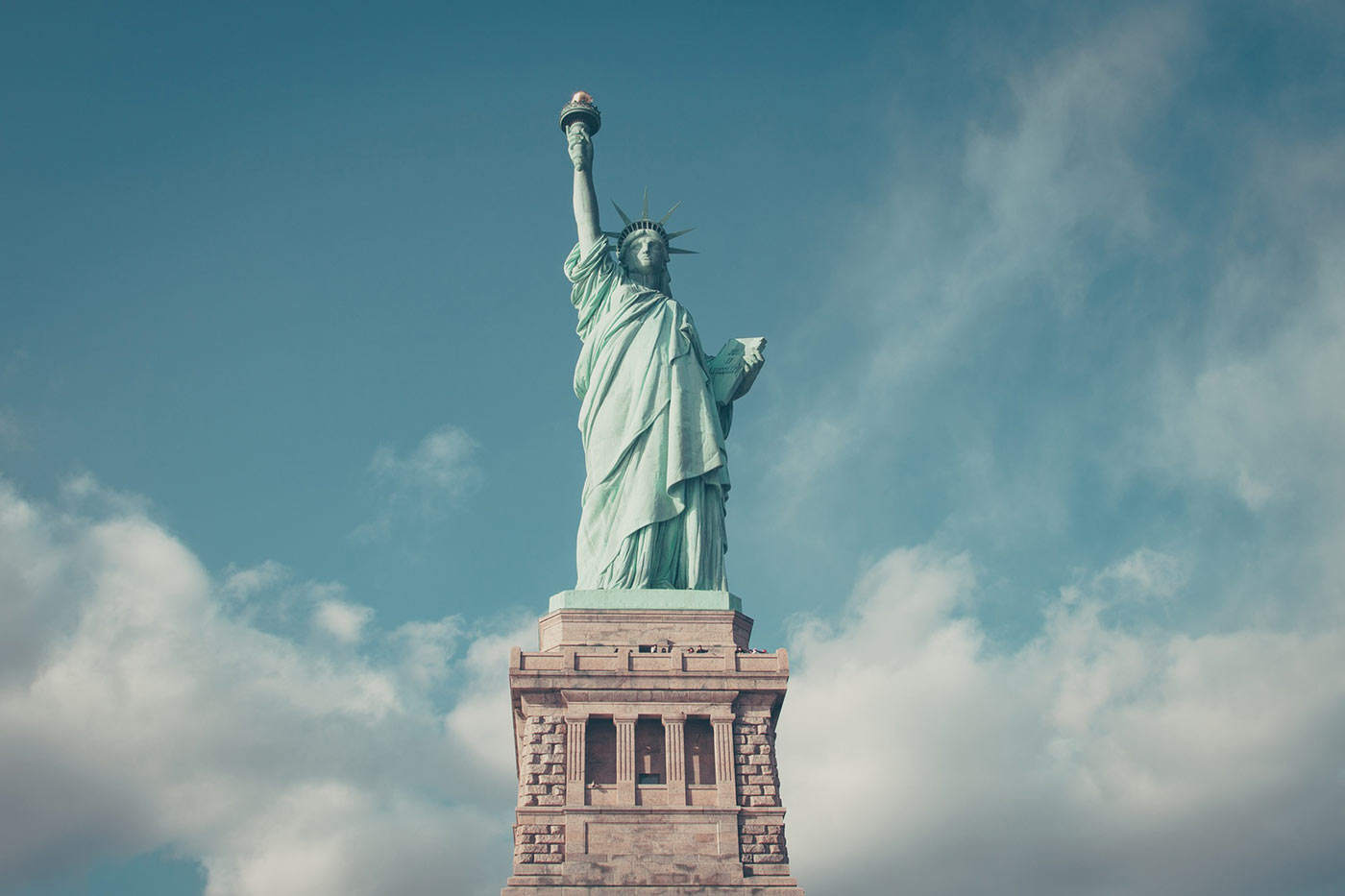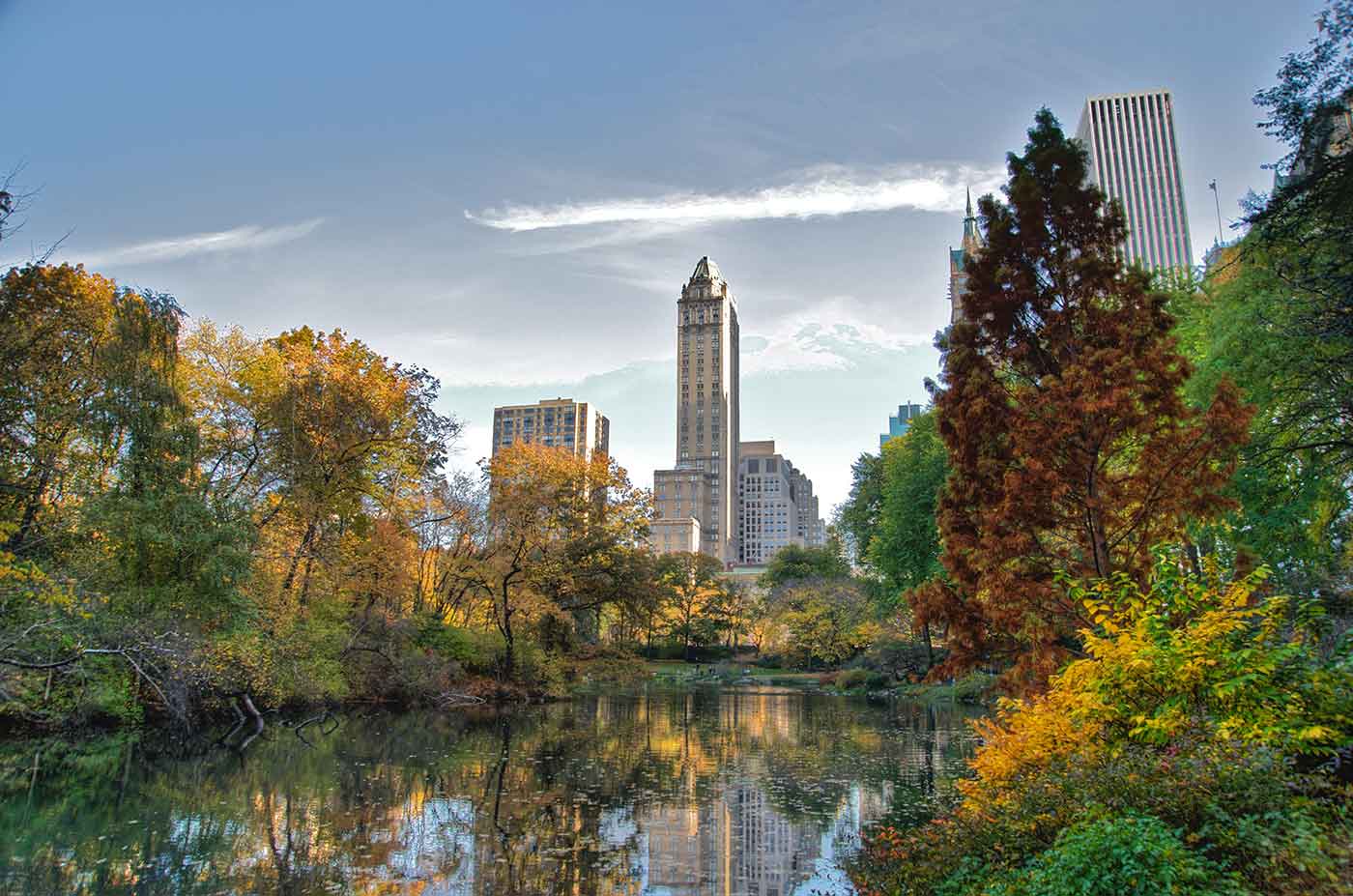Lorem ipsum dolor sit amet, consectetur adipiscing elit. Nam vel sem sit amet sem posuere rhoncus non consequat lacus. Vestibulum quis tincidunt lacus. Aliquam id nunc in sapien suscipit aliquet non nec ex. Sed enim augue, congue nec imperdiet sed, tristique sed felis.
Nulla arcu orci, aliquet sed mauris nec, venenatis euismod dolor. Aenean iaculis velit in velit imperdiet, quis mollis mauris finibus.
Praesent eu tempus neque. Sed consequat mi fringilla nisi placerat, ut convallis elit ornare. Nunc sit amet mauris quis metus commodo dictum ac eget sapien.





